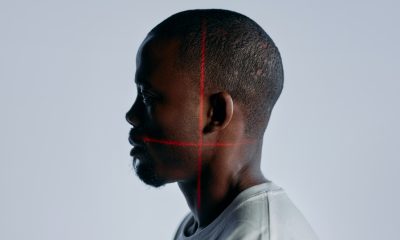By Danny Halpin via SWNS
Seals can perceive rhythm, according to new research.
The discovery has raised questions about how many other mammals may have an innate rhythmic appreciation.
Evolutionary biologists believe that our capacities for speech and music may be linked and that only animals which can learn new vocalizations, such as humans and songbirds, have a sense of rhythm.
While other mammals, even those closely related to humans like primates, require training.
“We know that our closest relatives, non-human primates, need to be trained to respond to rhythm," said Dr. Laura Verga from the Max Planck Institute for Psycholinguistics in The Netherlands.
“And even when trained, primates show very different rhythmic capacities to ours.”
Verga and her colleagues, whose findings were published in the journal Biology Letters, decided to test the rhythmic abilities of infant harbor seals, animals known to be capable of vocal learning.
via GIPHY
They first created sequences of seal vocalizations which differed in terms of tempo - fast or slow, such as beats per minute; length - short or long, such as duration of musical notes; and regularity - such as a metronome compared to free jazz.
To find out how the seals would react to these rhythmic patterns the team tested 20 young seals from the Sealcentre Pieterburen rehabilitation center in the Netherlands.
Using a method from human infant studies, the team recorded how many times the seals turned their heads to look at a sound source behind them, which indicates whether they find the sound interesting.
The results show that the seals looked more often when vocalizations were longer, faster, or rhythmically regular.
This means the one-year-old seals, without training or rewards, spontaneously discriminated between regular and irregular sequences, with short and long notes and between a fast and slow-paced tempo.
"Another mammal, apart from us, shows rhythm processing and vocalization learning," Verga said.
“This is a significant advance in the debate over the evolutionary origins of human speech and musicality, which are still rather mysterious.
“Similarly to human babies, the rhythm perception we find in seals arises early in life, is robust and requires neither training nor reinforcement.”
Verga said her team next want to find out whether seals can perceive rhythm in the vocalizations of other animals, or even abstract sounds, adding: “Are seals special, or are other mammals also capable of spontaneously perceiving rhythm?”

 Parenting1 week ago
Parenting1 week ago
 Lifestyle6 days ago
Lifestyle6 days ago
 Good News3 days ago
Good News3 days ago
 Wildlife2 days ago
Wildlife2 days ago
 Health3 days ago
Health3 days ago
 Broadcast1 week ago
Broadcast1 week ago
 Environment1 week ago
Environment1 week ago
 Work1 day ago
Work1 day ago






















